AO Edited
Newton's Apple Tree, Trinity College
This tree was grafted from the actual tree that led Isaac Newton to ponder the theory of gravity.
Mention the name of Sir Isaac Newton and most people will think of the discovery of gravity under an apple tree. However, the actual story has been embellished a bit over the centuries to ferment a narrative that has roots in reality. What few people are aware of is that the aforementioned tree actually exists.
This “Flower of Kent” apple tree, which grows outside the entrance to Trinity College, was originally grafted from the actual tree that resides at Newton’s childhood home in Woolsthorpe Manor, Lincolnshire. Cambridge’s apple tree is an offshoot of the authentic tree now cared for by the National Trust, where Newton first saw the apple fall from its branches. To honor his links to the university and contributions to science, this tree was planted in 1954.
Newton began attending Cambridge University in 1661, but due to an outbreak of the Bubonic Plague, he returned home in a few years. It was here he made his discovery. It would take him several more decades before he was able to publish his theory of universal gravitation into a historic book entitled Principia in 1687.
Know Before You Go
The tree is visible at all times, though you are prevented from encroaching onto the grass for a closer inspection or selfie.
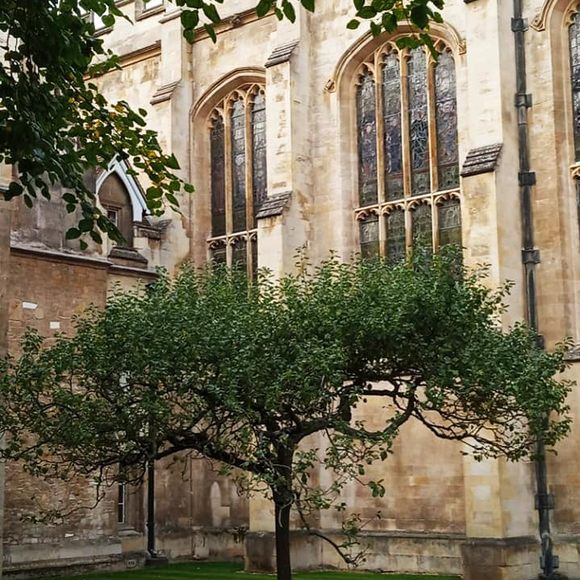






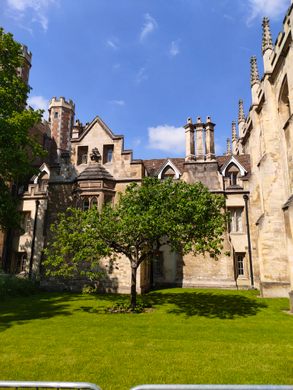








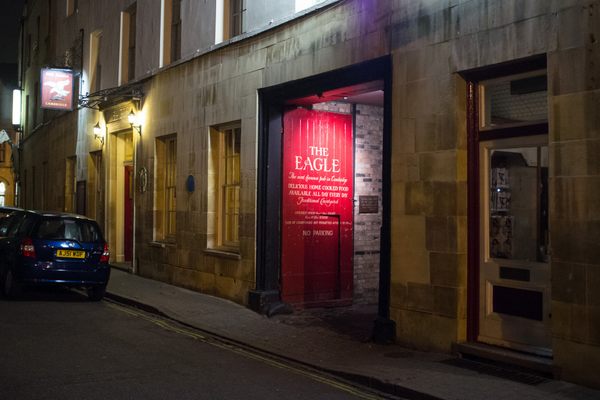
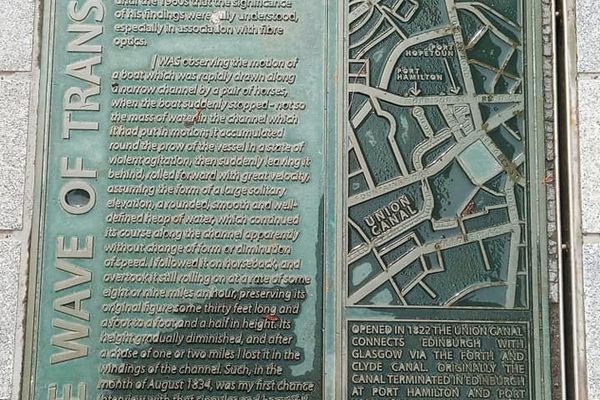

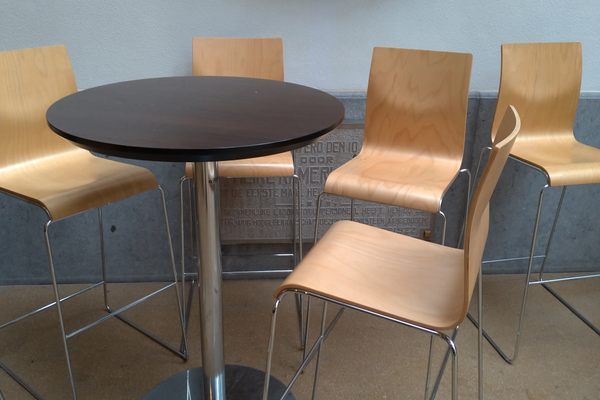



Follow us on Twitter to get the latest on the world's hidden wonders.
Like us on Facebook to get the latest on the world's hidden wonders.
Follow us on Twitter Like us on Facebook